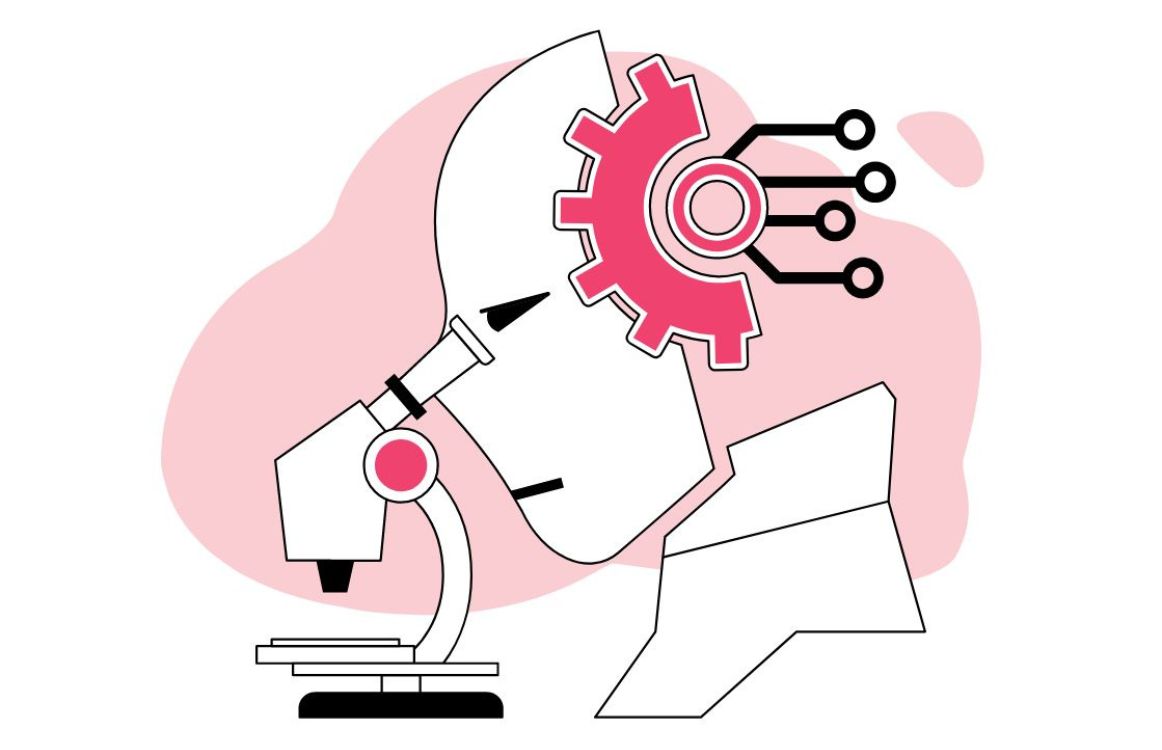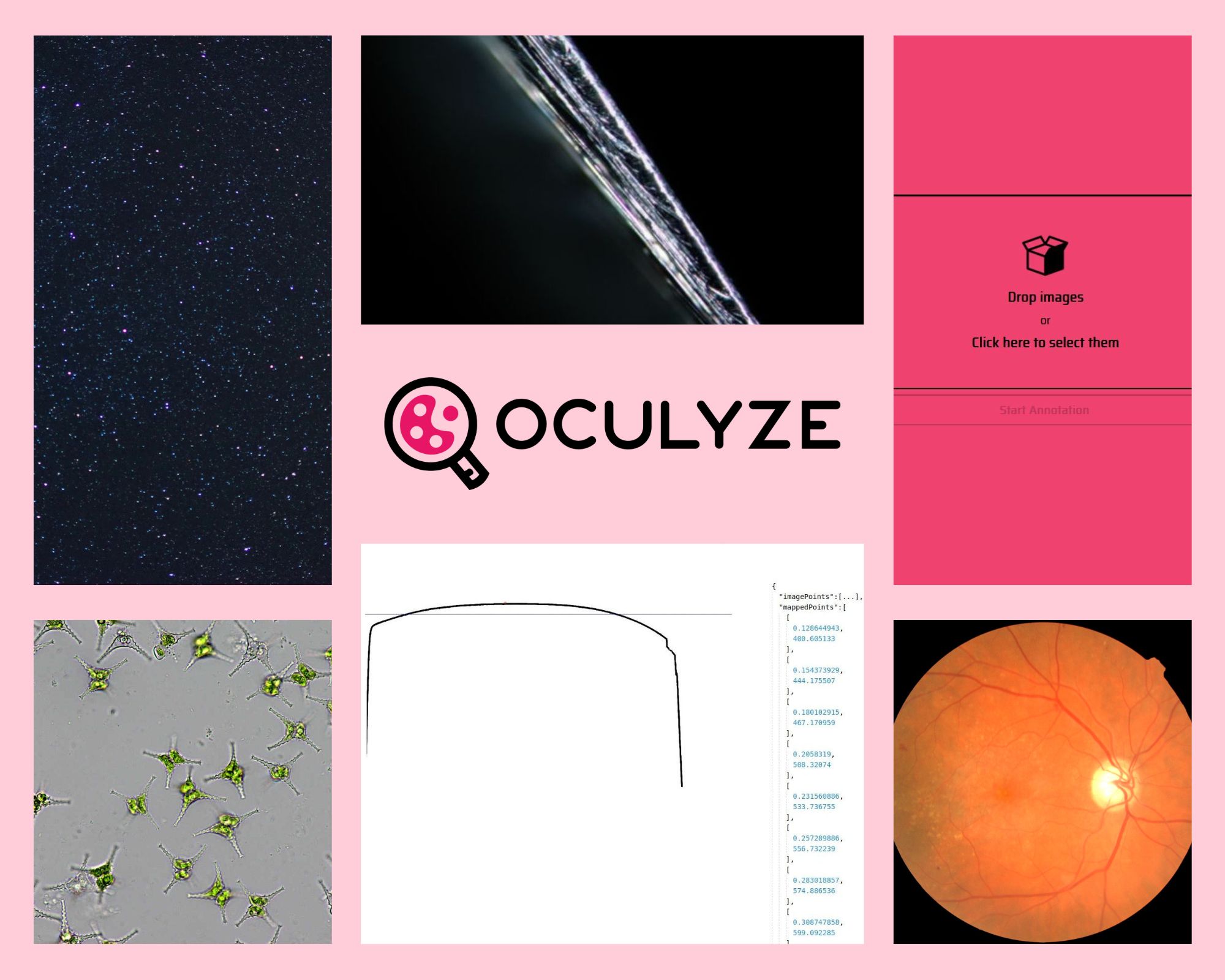The Application of Computer Vision in the Medical Field

Cutting edge technology that saves lives and is changing the face of healthcare.
Computer vision, the ability of artificial intelligence to glean meaningful information from videos and digital images, is at the cutting edge of machine learning. It has enabled applications like facial recognition software and even self-driving cars. Though there are still some drawbacks to computer vision, as it is extremely difficult to replicate human vision, this AI system can help us take leaps and bounds in critical, lifesaving industries. As an example, the application of computer vision in the medical field is already making crucial headway.
How Is Computer Vision Used in the Medical Field?
Thanks to applications of machine learning in computer vision, artificial intelligence can now aid the medical field in a wide range of specialites, from the identification of diseases to monitoring medication use. It can even make recommendations for patient care and predict multiple health outcomes based on different input.
Deep learning, a branch of machine learning, has allowed computer technology and AI to go even farther than it already had toward improving the medical field thanks to increased computational power and more efficient frameworks that enable highly efficient frameworks to improve models overtime with each additional input of annotated data.
In essence, a computer is given raw data and then it develops its own representations. These representations then create pattern recognition that lead to powerfully complex functions, which in turn allow for excellent accuracy in image recognition.
What Are the Applications of Image Recognition in Healthcare?
Computer vision, or image recognition, is the ability of a computer to “understand” the images or videos it receives. Based on highly advanced machine learning, it then takes that understanding and offers diagnoses, recommendations, and outcome predictions.
Computer vision will perform image classification and segmentation and object detection. These functions can be applied across medical sub-fields, including but not limited to radiology and pathology as well as dermatology.
In an industry overrun with error, computer vision can detect concerning issues in images that busy doctors and other technicians interpreting images might miss. While this technology is unlikely to ever replace humans, nor should it, it can serve as an excellent backup to human error.
Computer Vision in Diagnostics
To discuss just a handful of the applications we see computer vision aiding, AI can detect tumors, cancer, disease and infection, tissues structure changes, and it can perform automated cell counting and blood counting.
To go further, computer vision can track patient’s chronic conditions, provide home-based patient rehabilitation, identify patients and instantly provide patient history, monitor vital signs, guide surgical systems, and manage medication.
In each of these cases, and more, computer vision detects problems, monitors systems, and provides guidance and recommendations. All things doctors and other medical workers can use to improve their own performance and achieve their goals.
Computer vision can also be used in laboratories to speed up tedious tasks such as cell counting or measuring the size of inhibition in disk diffusion tests.
In the end, diagnoses stand to be greatly improved, which means patient outcomes will be greatly improved.
The Oculyze Image Analysis Platform

The German software company Oculyze has automated expert image analysis combining methodical pattern recognition with AI and deep learning to create some of the best computer vision software available out there. This technology powers the Oculyze Yeast Cell Counters (BB and FW), used by breweries and wineries from all around the world, and the Oculyze Colony Counter, which can count colonies with high accuracy and speed, using only an uploaded image of a Petri dish. The technology is also being utilized for several other use cases, currently in various stages of development, including from the medical field:
- Monitoring Uterine Health
- Blood Vessel Characterization in Eyes
- Disk Diffusion Test Results Analyzer
- Counting Cells in Suspension Cultures
- Blood Count
The truth is there really is no end to what this technology can do, and we can expand and customize our IAP to fit your specific medical needs. Also, there is no need to start from scratch if you have a solution that works already. Our customized image recognition software can be fully integrated into your existing software due to the open nature of our API.
The future of technology in medicine has arrived, and it is here to save time, money, and more importantly, lives.
Find out more about our technology on our IAP page and if you also need a solution to save work hours and improve the accuracy of your results, contact us and we’ll be happy to find out the details of your specific needs and find a solution to attend to them.


